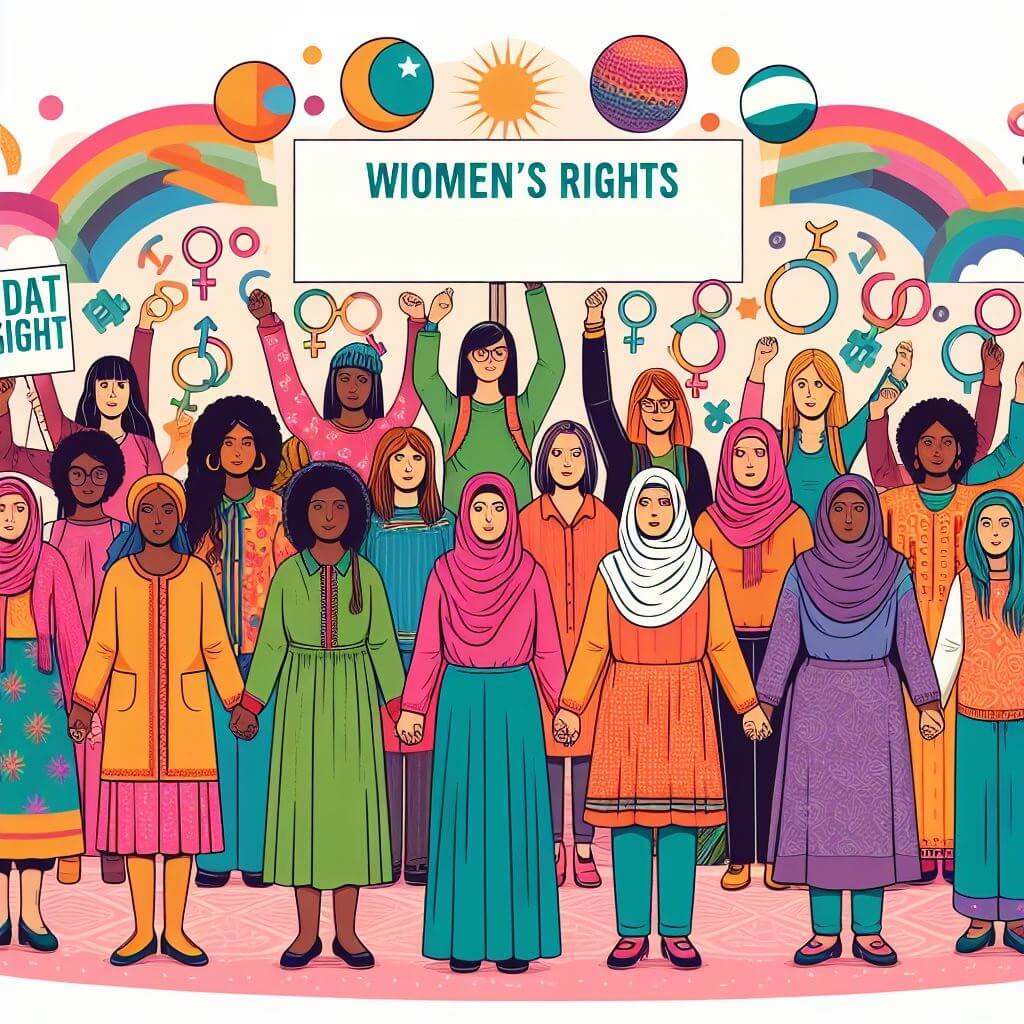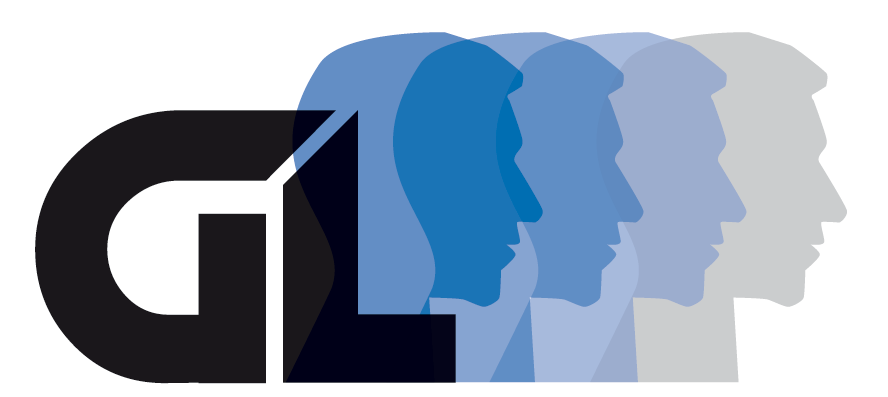Tracing the lineage of women’s rights reveals a chronology of struggle and persistence that stretches back centuries. In its beginnings, the quest for women’s rights often centered on basic entitlements and legal recognitions that today might seem fundamental, yet at the time, shattered existing norms. The story of women’s suffrage is emblematic of this, highlighting a foundational demand for political representation and voice, with the likes of Susan B. Anthony and Elizabeth Cady Stanton leading battle cries in the United States, while Emmeline Pankhurst and her cohort championed the cause in the United Kingdom.
The timeline of women’s rights is punctuated by these pivotal movements, each contributing a verse to the unfolding narrative of gender equality. The first wave of feminism, spanning the 19th and early 20th centuries, was primarily concerned with overturning legal hurdles to women’s participation in society on par with men. A significant portion of this wave was devoted to advocating for the right to vote, a right that was eventually secured after relentless campaigns and considerable resistance.
 As the 20th century marched on, the second wave of feminism surged into the public consciousness, centering its efforts on equality in the law and the workplace, combatting domestic violence, and advocating for reproductive rights. This was an era of breaking silence, as women voiced grievances about oppressive structures in the household and society at large, challenging the relegation to specific roles and seeking to dismantle the proverbial ‘glass ceiling’ in professional settings.
As the 20th century marched on, the second wave of feminism surged into the public consciousness, centering its efforts on equality in the law and the workplace, combatting domestic violence, and advocating for reproductive rights. This was an era of breaking silence, as women voiced grievances about oppressive structures in the household and society at large, challenging the relegation to specific roles and seeking to dismantle the proverbial ‘glass ceiling’ in professional settings.
Simultaneously, the women’s movement began to spotlight educational disparities. The quest for equal access to all levels and fields of education gained momentum, insisting that gender should not dictate the boundaries of knowledge and vocation. This focus catalyzed changes across educational institutions, from elementary schools to universities, promoting gender-neutral curricula and policies designed to create more inclusive academic environments.
Even as these broad strokes of equality were being painted across societal canvases, other critical areas of women’s autonomy remained deeply contested. The right to make decisions about one’s own body, especially concerning reproductive health, was—and continues to be—a tumultuous frontier in the women’s rights landscape. With the landmark Roe v. Wade decision in the United States in 1973, a measure of reproductive autonomy was legally recognized, but this did not signify the end of the discourse, with many countries around the world still grappling with these rights today.
Importantly, this progression has not been uniform across the globe, with differing cultural, political, and religious contexts shaping the contours of the movement for women’s rights. In many parts of the world, basic rights that some may take for granted, such as driving, voting, and the pursuit of education, have only been secured recently, and sometimes only after considerable strife.
Expanding Perspectives – Intersectionality in Focus
The expansion of feminism and the broader dialogue on women’s rights has ushered in a critical and transformative concept: intersectionality. The term gained prominence in the academic and activist arenas when legal scholar Kimberlé Crenshaw critically examined how overlapping identities like race, class, and gender intersect to create unique modes of discrimination. Intersectionality posits that the lived experiences of women cannot be understood in isolation but as a constellation of interacting and sometimes conflicting identity traits that together shape an individual’s interaction with society.
This multifaceted perspective brings to light the considerations that a white middle-class woman’s encounter with gender bias may significantly differ from that of a woman of color facing both racial and gender biases, or that a queer woman may experience discrimination not just for her gender but also for her sexual orientation. Similarly, a woman living with a disability might navigate a world of prejudices that reach beyond the scope of what able-bodied women face. Intersectionality recognizes that these are not additive experiences – one does not simply add race to gender to class to understand the total discrimination. Rather, these identities interact in complex ways, often creating a whole that is greater than the sum of its parts.
Acknowledging intersectionality allows us to see that a one-dimensional approach to women’s rights is insufficient for addressing the multidimensional realities of women’s lives. By ignoring the layered identities of individuals, we risk overlooking the unique forms of oppression that do not fit neatly into generalized gender narratives. Feminists and activists have thus been provoked to reevaluate how they conceptualize equality and fight for it. What does it truly mean to advance women’s rights if only the challenges of the most visible or vocal groups are addressed while others remain obscured by a lack of recognition?
It has tangible implications for policy-making, advocacy, and the distribution of resources. When programs and laws are forged without an intersectional lens, they can inadvertently reinforce the very disparities they aim to dismantle. For instance, initiatives designed to promote women in leadership positions may represent a leap forward for gender diversity but still predominantly benefit white women, leaving behind women of color who also grapple with racial inequities.
Intersectionality thus demands a reconfiguration of social agendas to comprehensively combat injustice. This means actively seeking out and listening to those who live at the margins, whose stories may challenge prevailing assumptions about what constitutes women’s issues. It means fostering a dialogue that is as inclusive as it is incisive, charting out a new discourse that acknowledges multiple identities and their intersections as a central feature of the quest for equality.
Integrating Intersectionality with Women’s Advocacy
The fusion of these concepts challenges us to redefine our strategies and reshape our initiatives to ensure that the multifaceted identities of women are not merely acknowledged but are central to our endeavors for equality. Integrating intersectionality means peeling back the layers of generalizations that have often cloaked women’s varied realities and acknowledging the distinct blend of challenges and barriers unique to each intersection of identity.
This requires cultivating a broader understanding that advocacy must move beyond a one-dimensional gender narrative to address the wide array of interwoven social factors that circumscribe women’s experiences. Gender inequity does not manifest in isolation; it operates within webs of power and privilege, influenced by race, class, sexual orientation, disability, and more. Among the most critical steps is creating inclusive platforms where the voices of those most marginalized can be heard and uplifted. This means not only inviting diverse women to the table but also passing the microphone to them, ensuring their perspectives shape the policies, plans, and movements that claim to represent their interests.
Embracing intersectionality in policy development requires rigorous effort and commitment. It calls for a granular approach to societal issues, crafting solutions that are acutely sensitive to the disparate impacts on various groups of women. For example, workplace policies aimed at promoting gender equality must consider the additional biases faced by transgender women or the specific difficulties encountered by women of lower socio-economic statuses. In healthcare, recognizing the holistic needs of different women, including transgender women and women with disabilities, ensures systems are built to serve all, not just the majority.
Within the context of intersectionality, the education of advocates, allies, and the broader public is vital. Intersectional education means moving beyond the superficial understanding of gender issues and delving into the complexities that govern individual experiences. Advocates must build strong foundations in the nuances and variances of discrimination and oppression. Only then can they effectively identify and dismantle the intersecting systems of inequality that perpetuate disadvantages.
Intersectional approaches must also permeate grassroots activities, campaigns, and community organizing. By adopting frameworks that recognize intersectionality, advocates can ensure that women from all walks of life feel represented and supported. This encourages solidarity across different experiences, fosters wider community engagement, and builds stronger coalitions for change.
